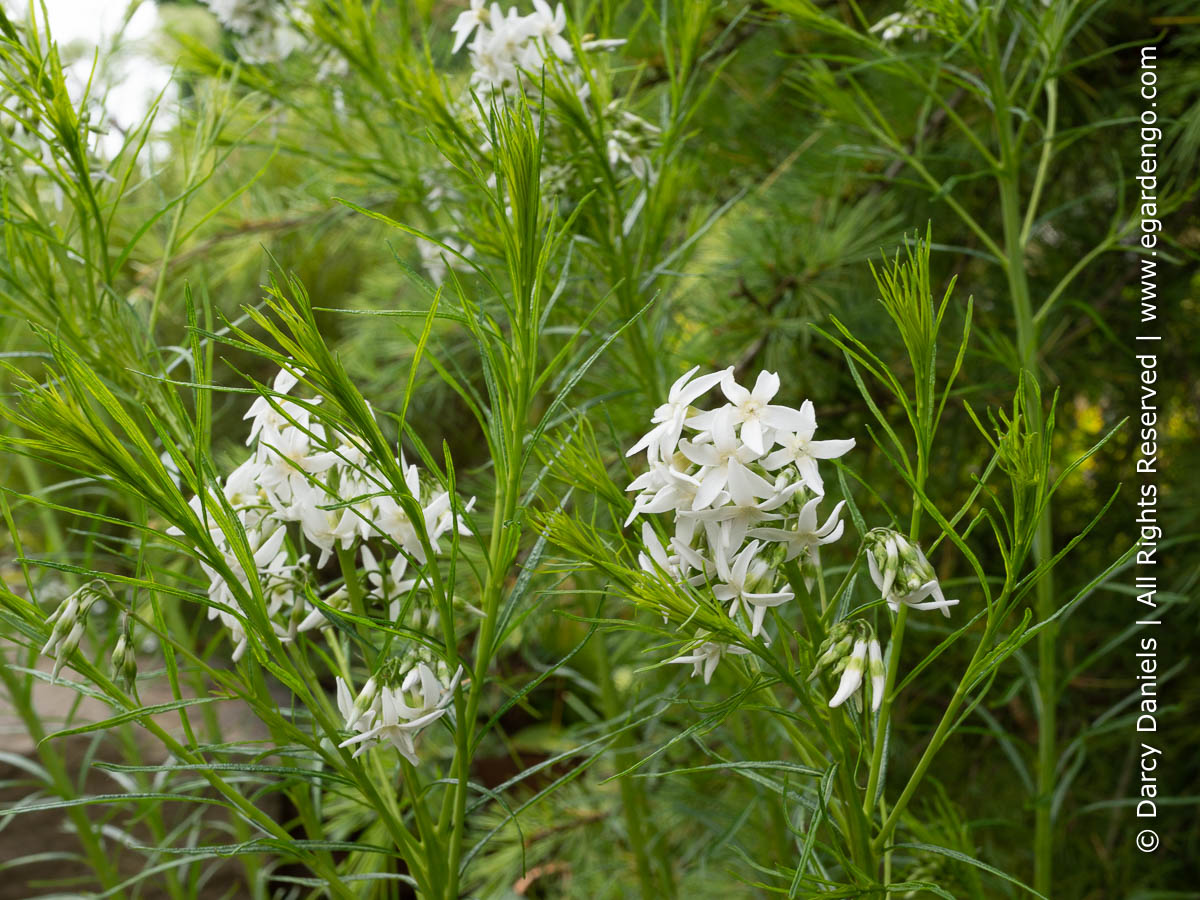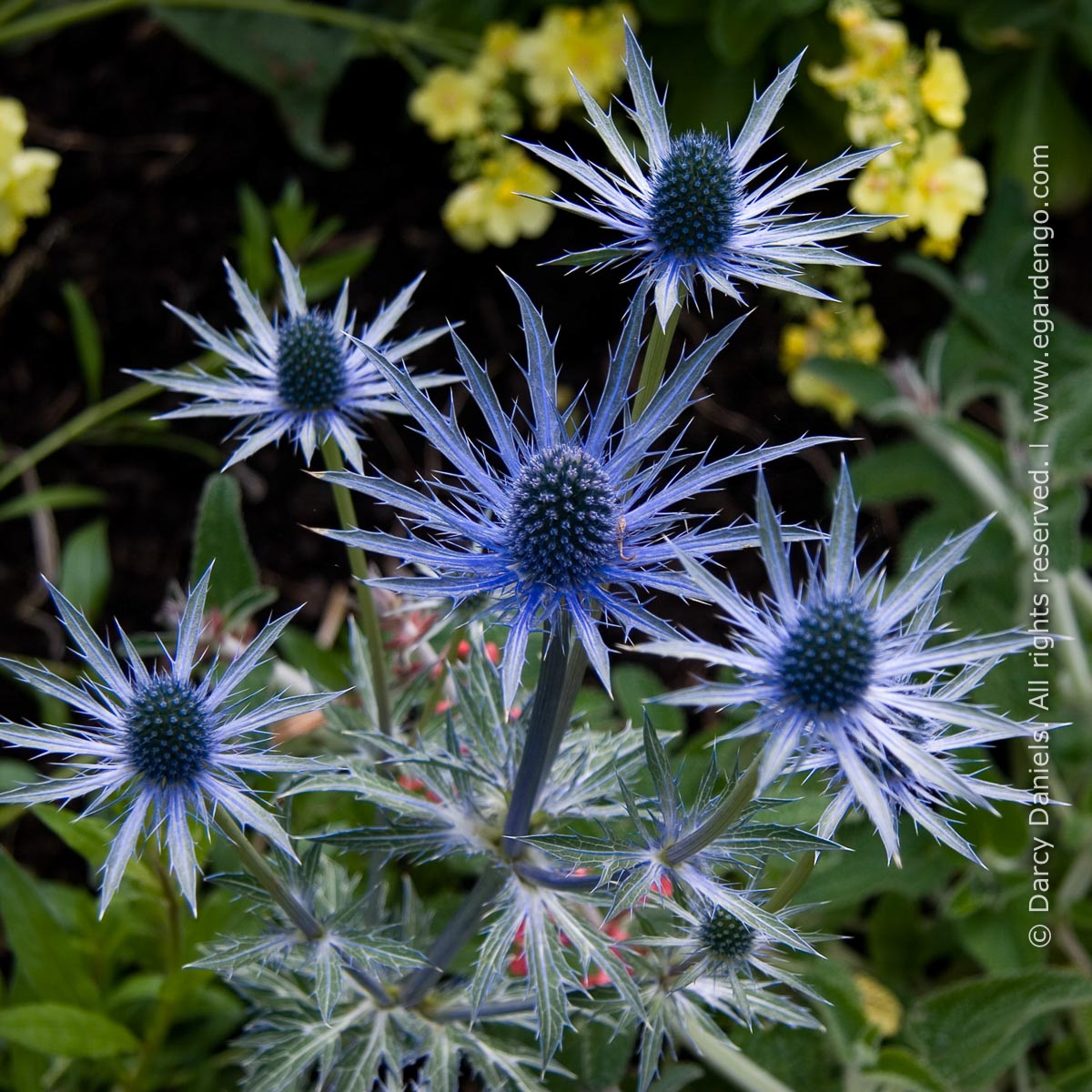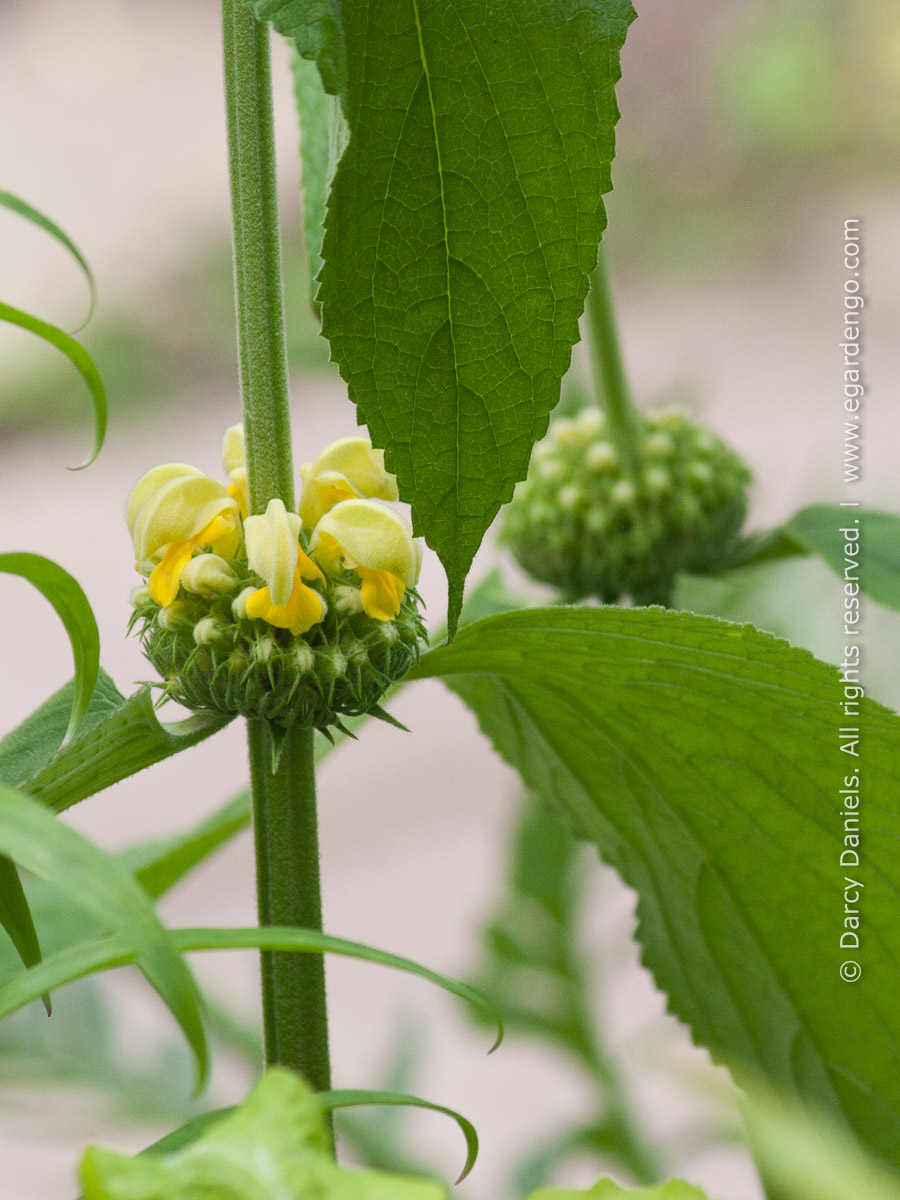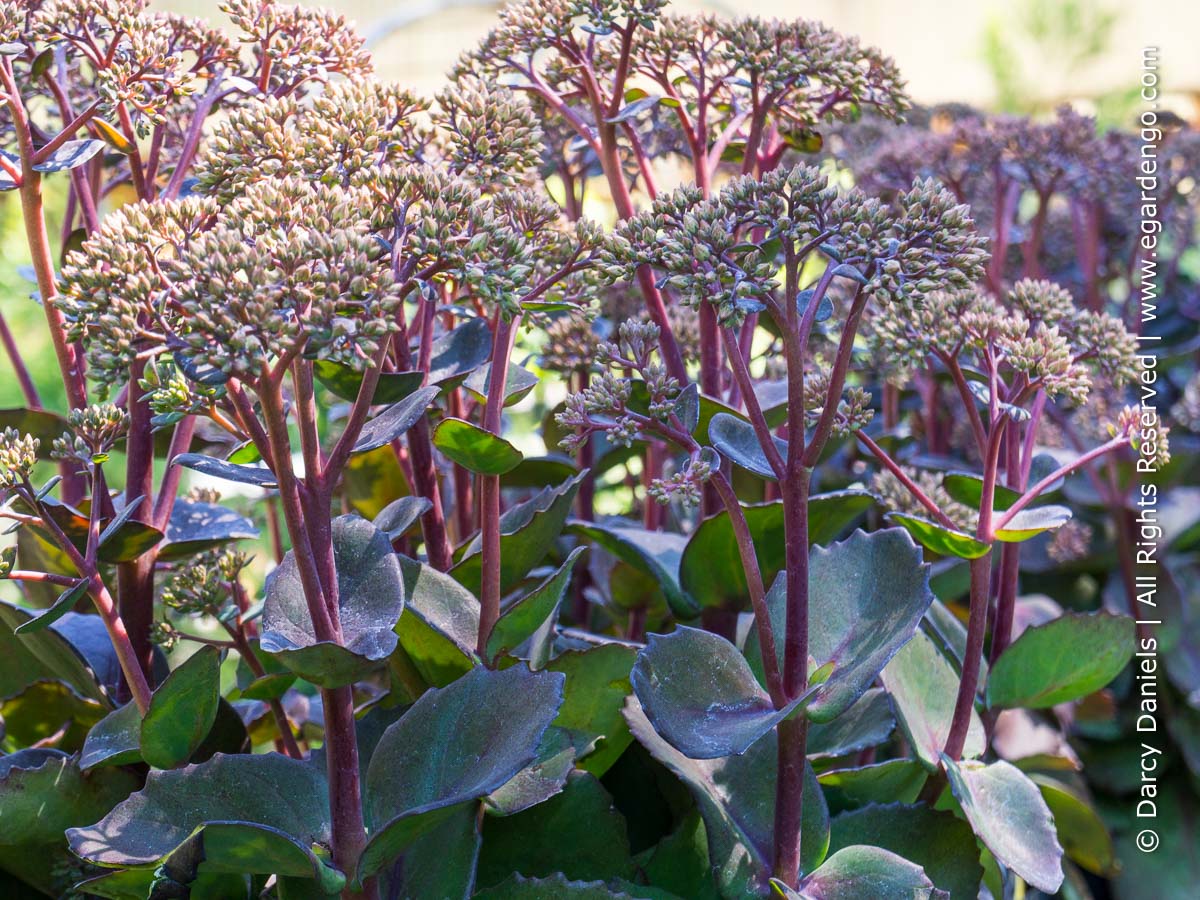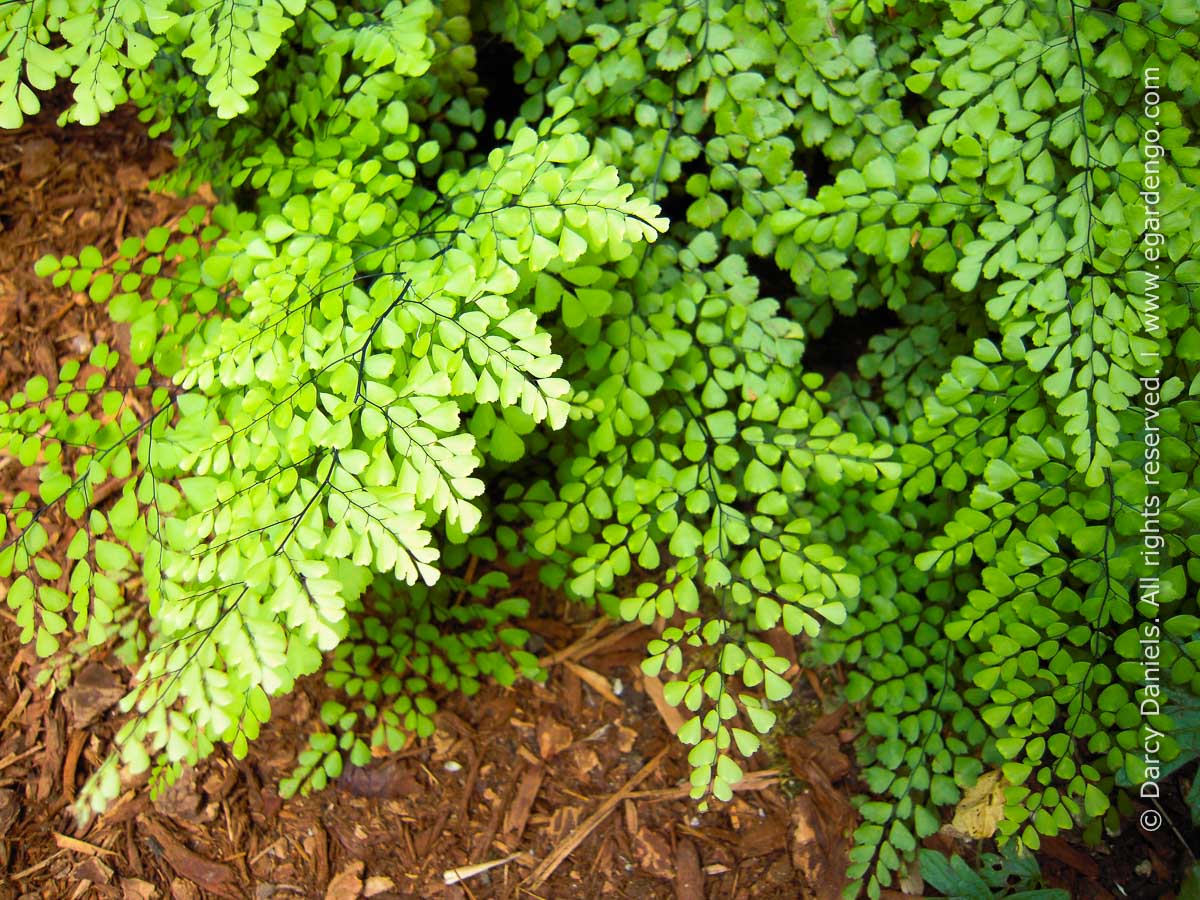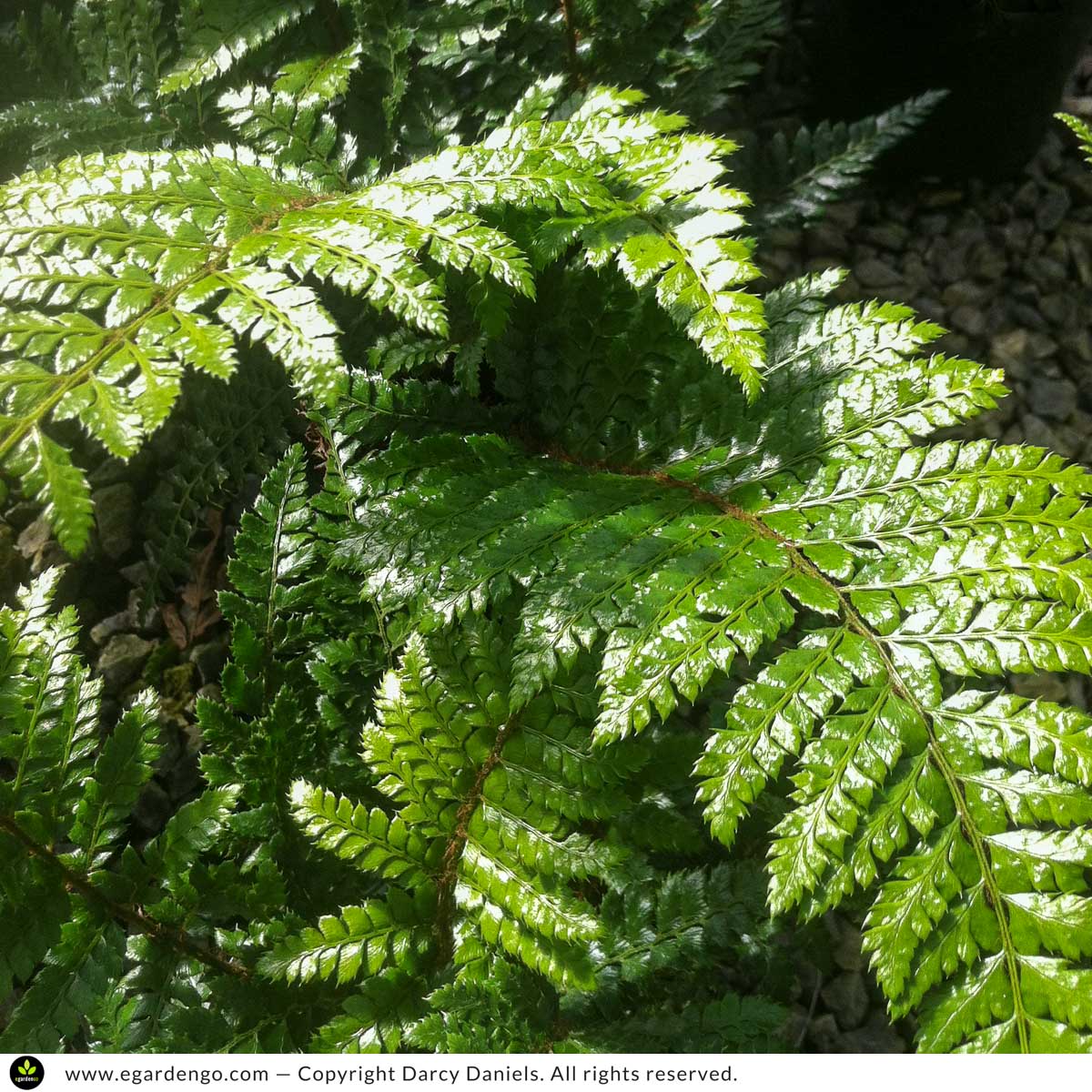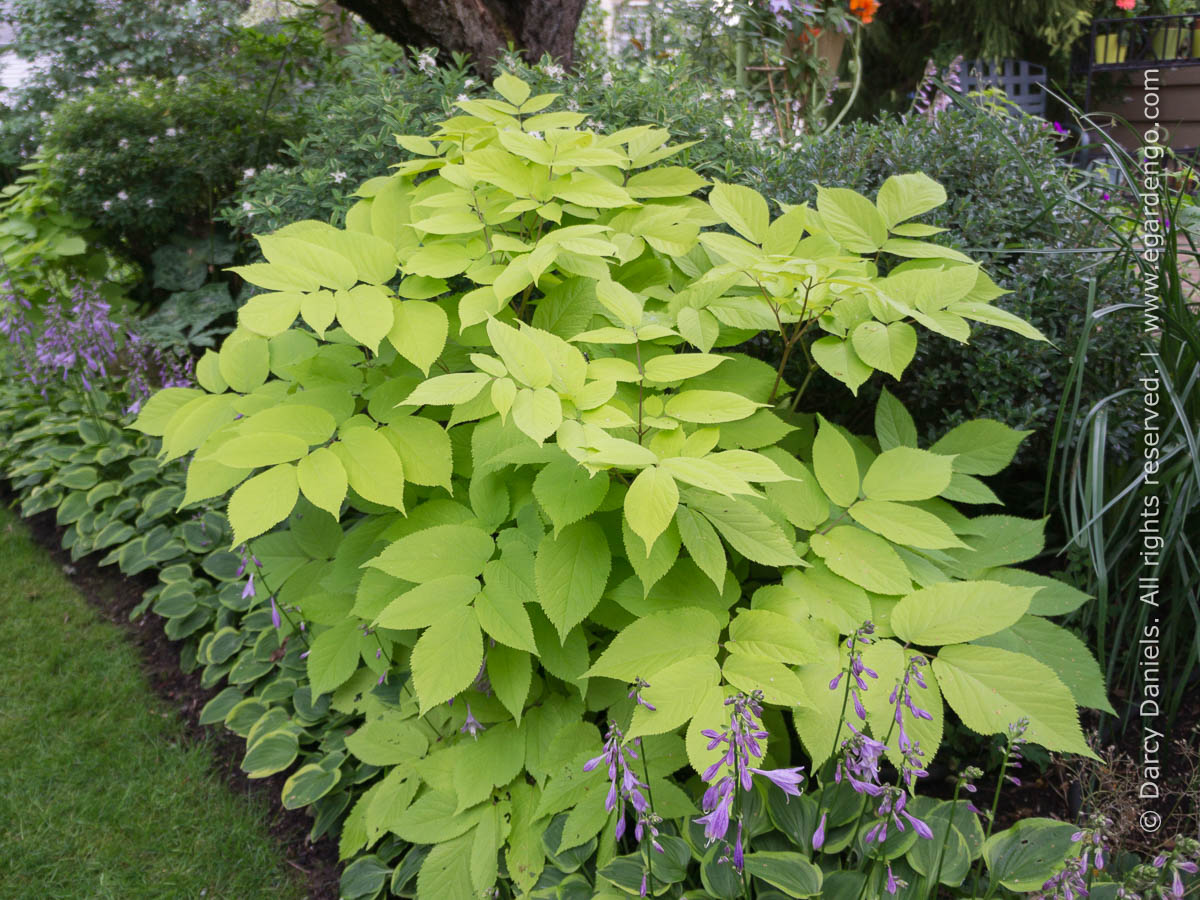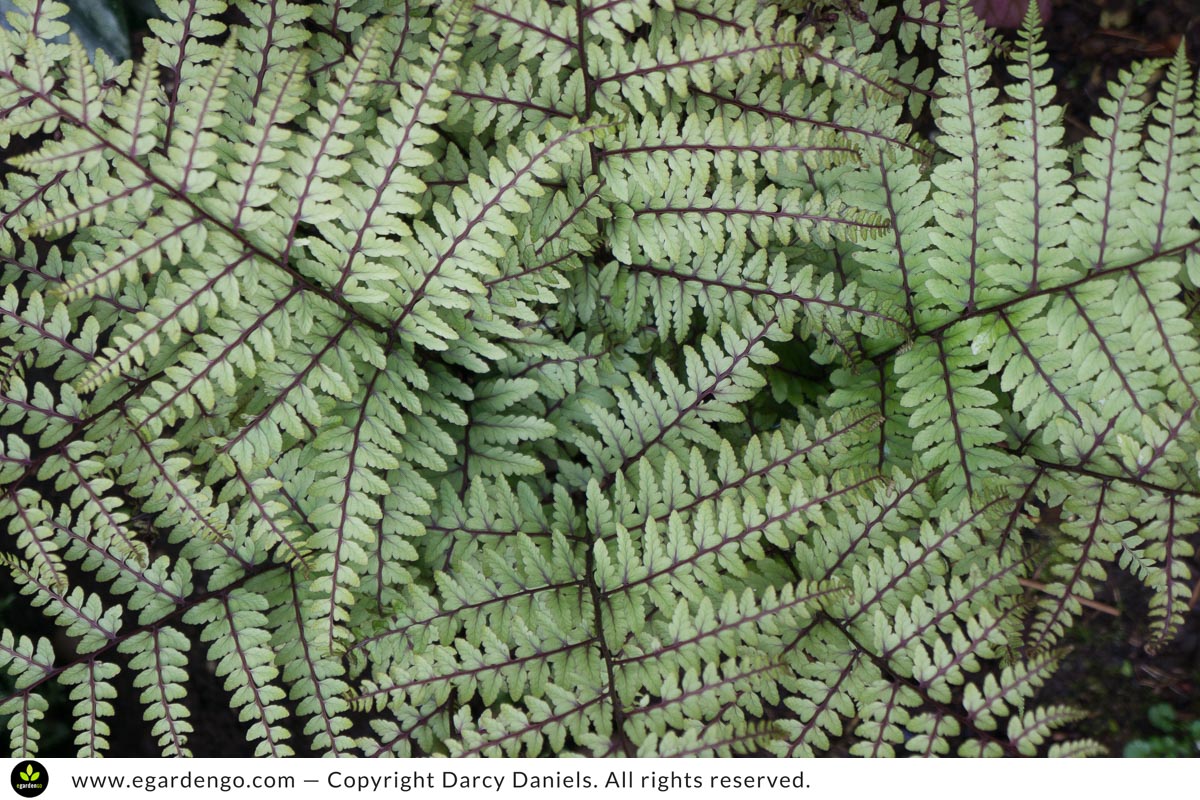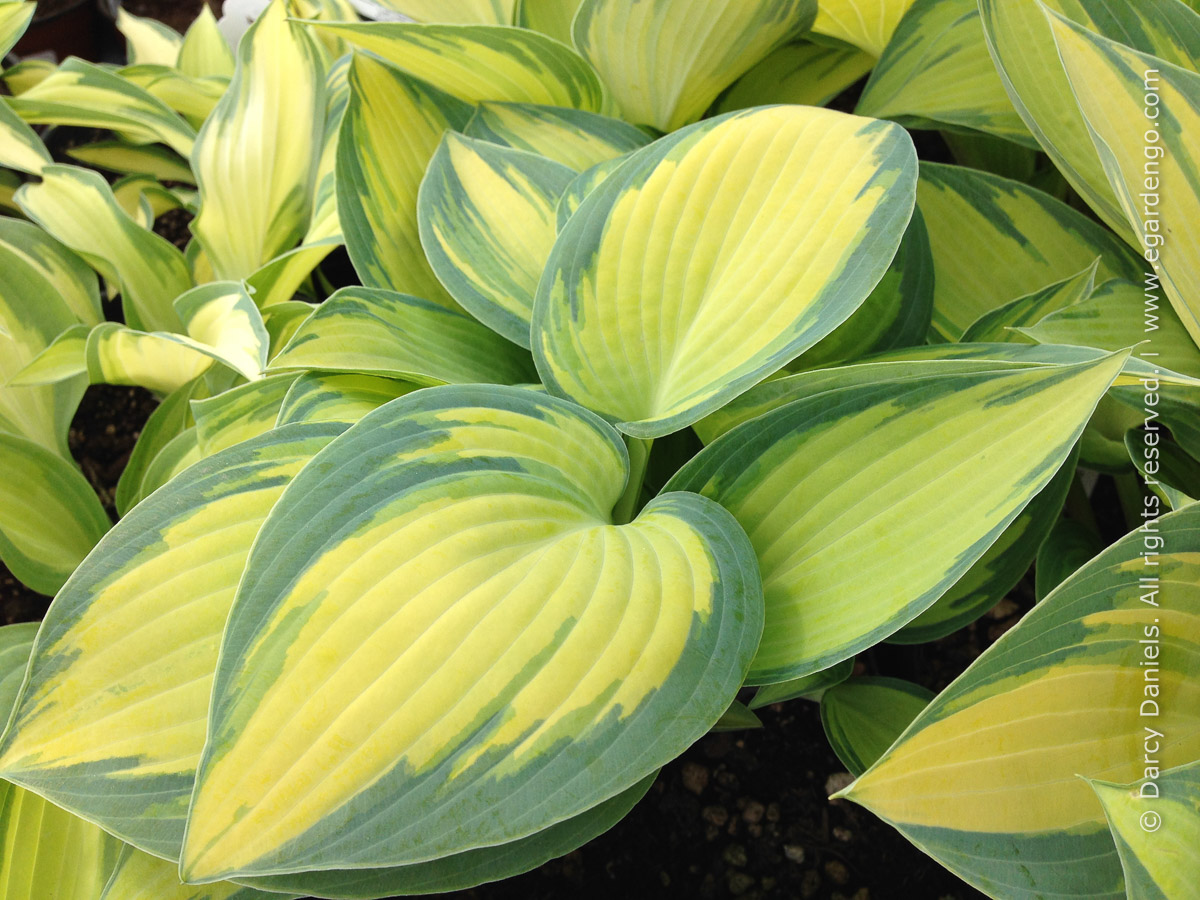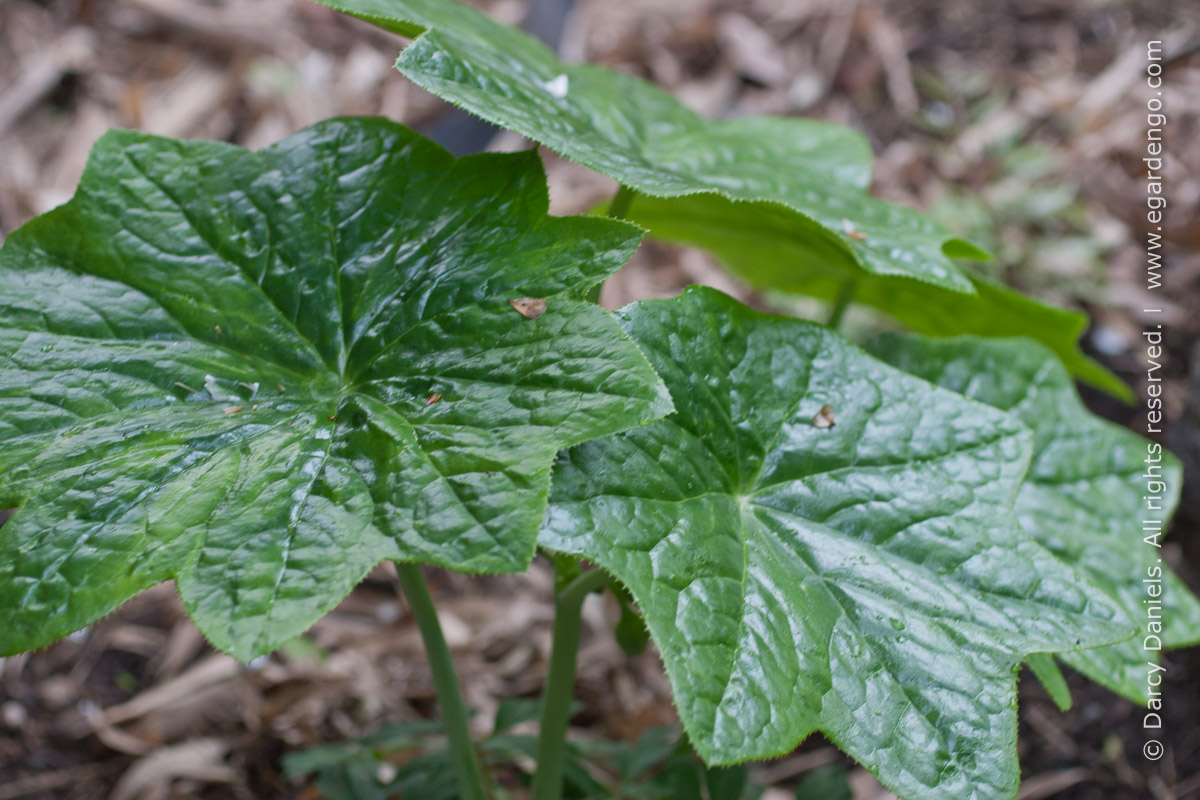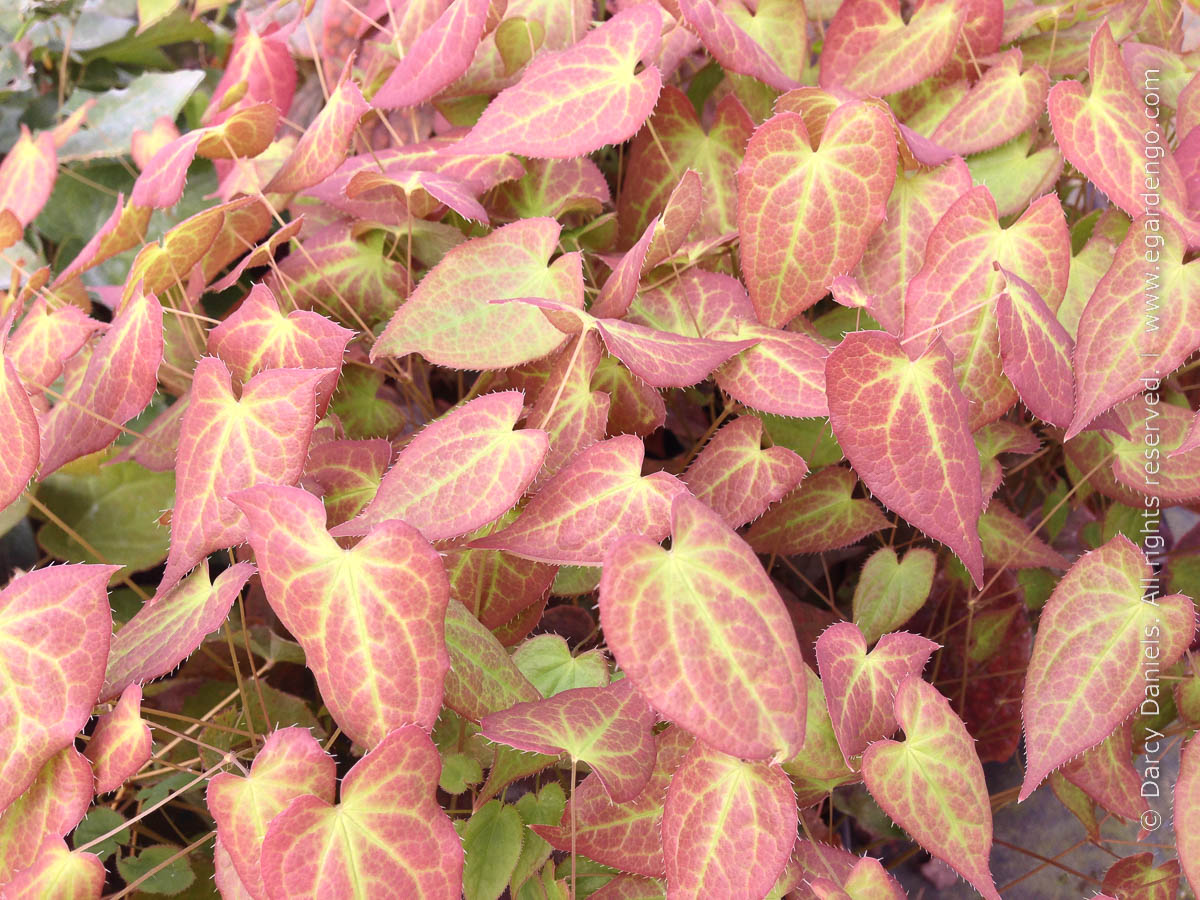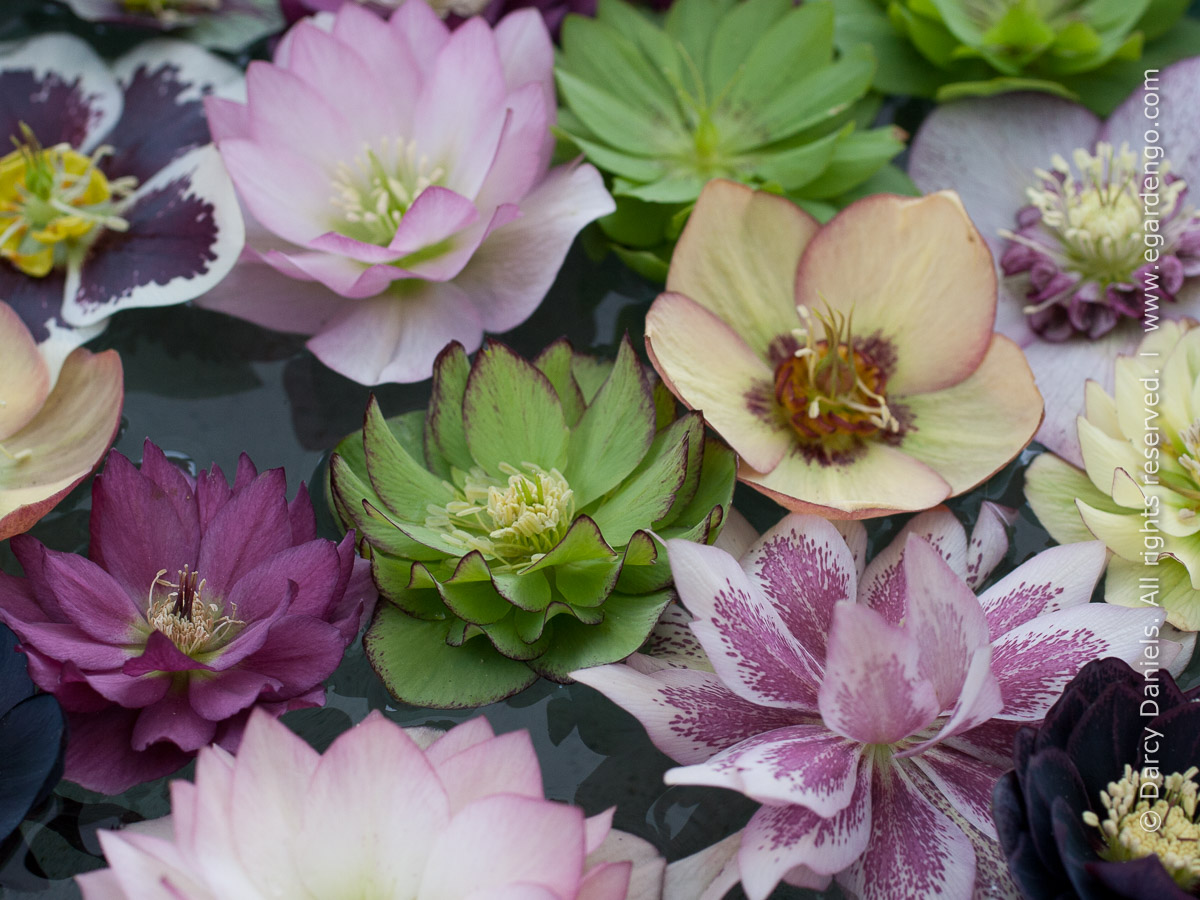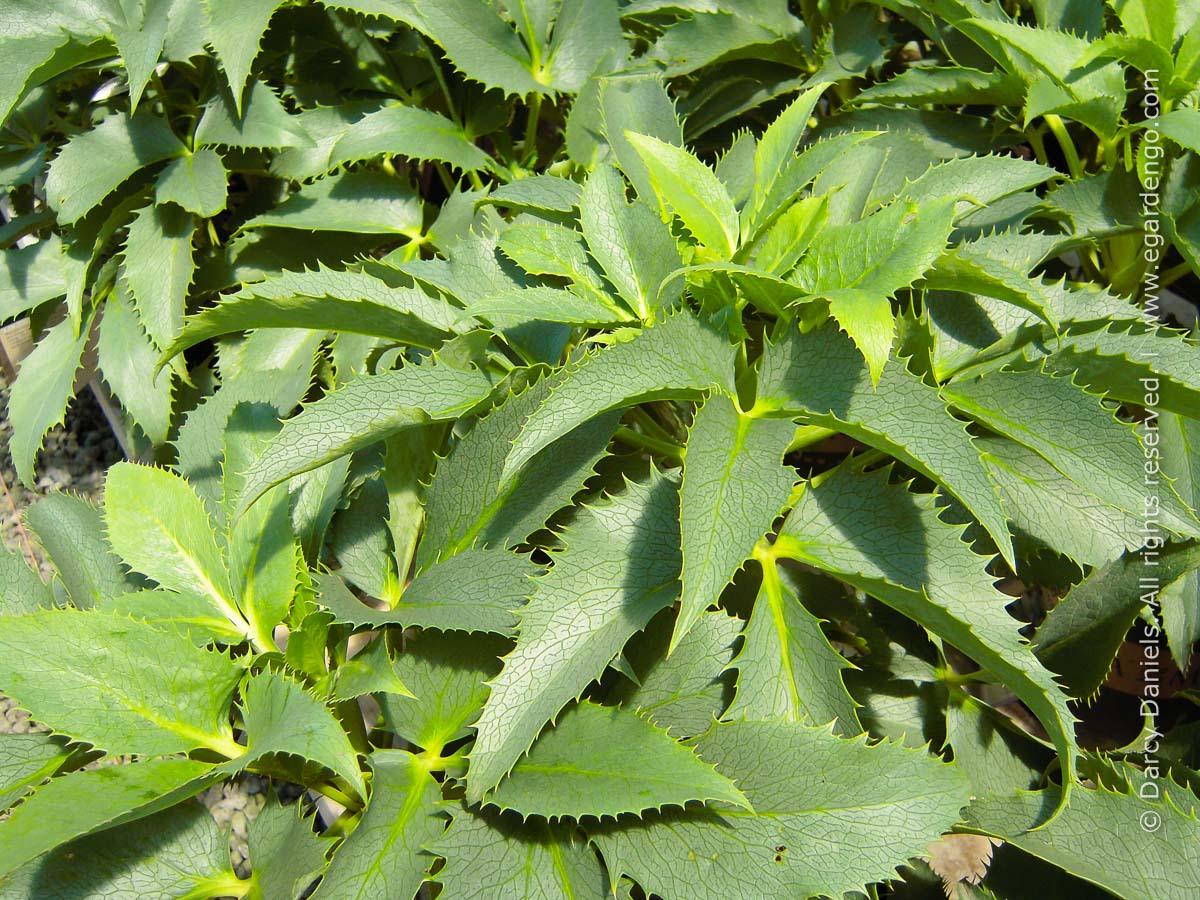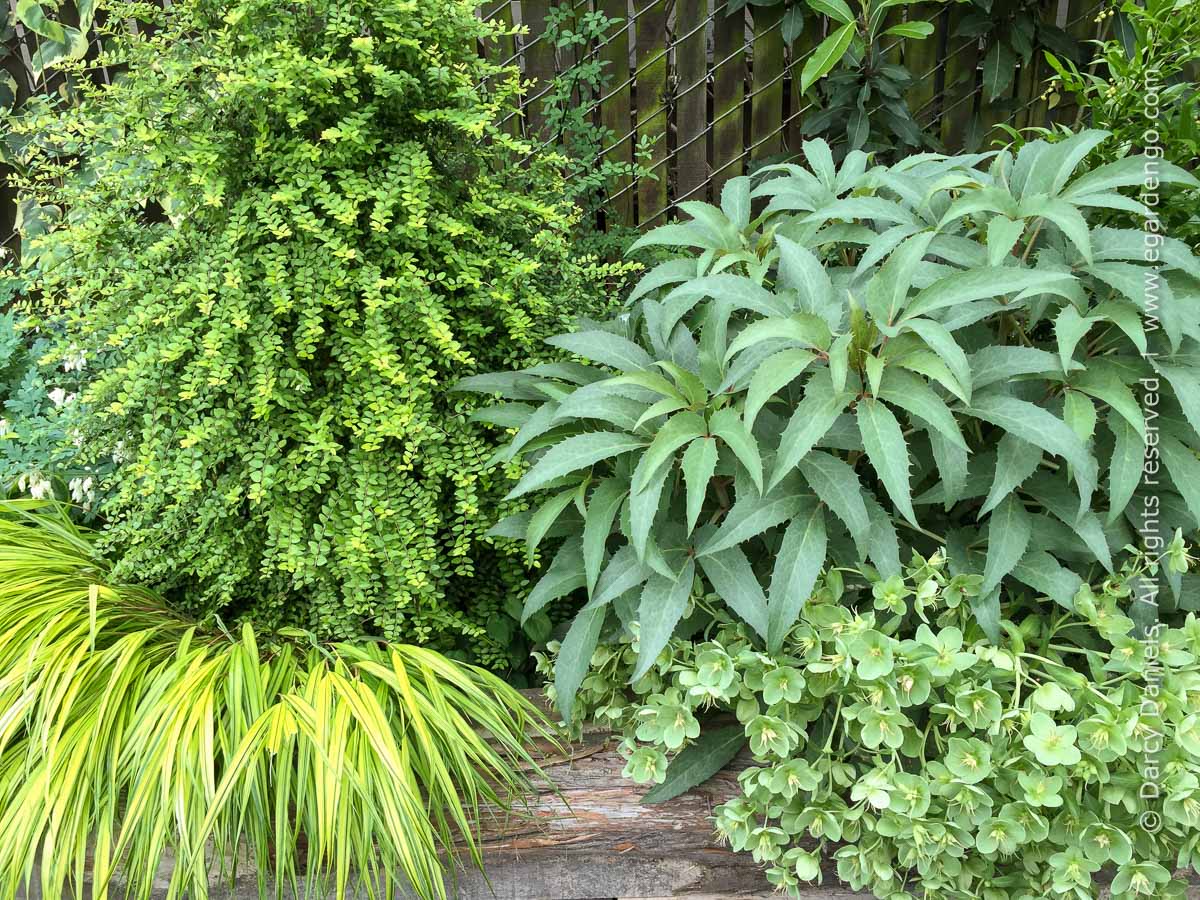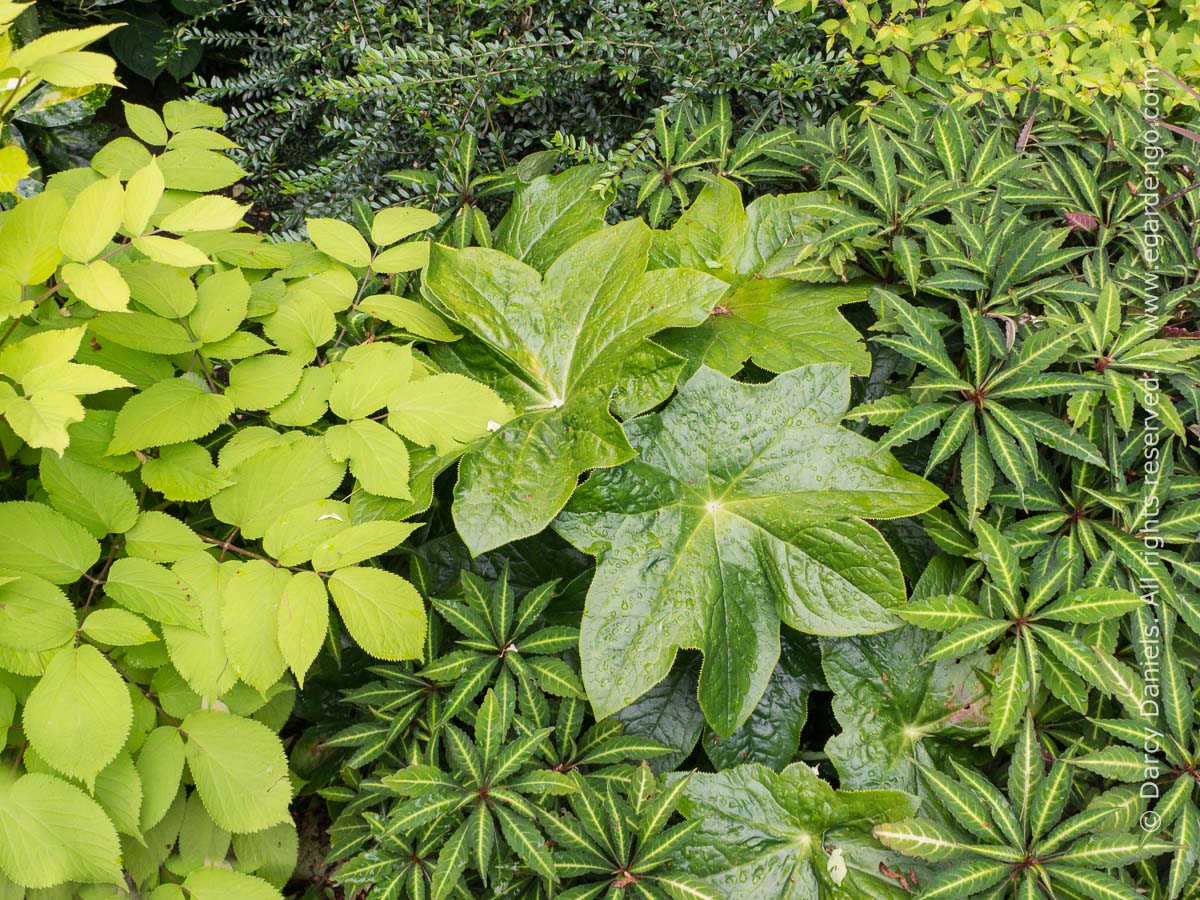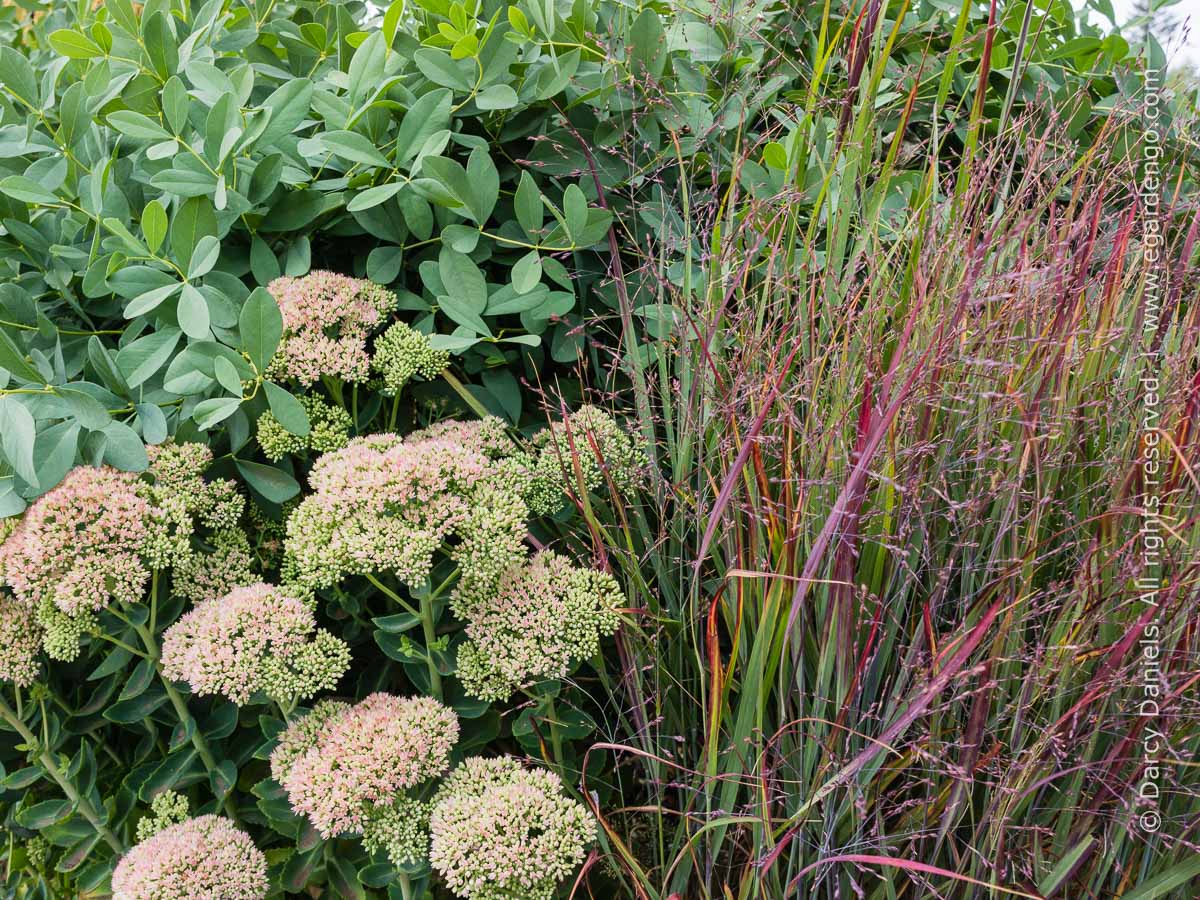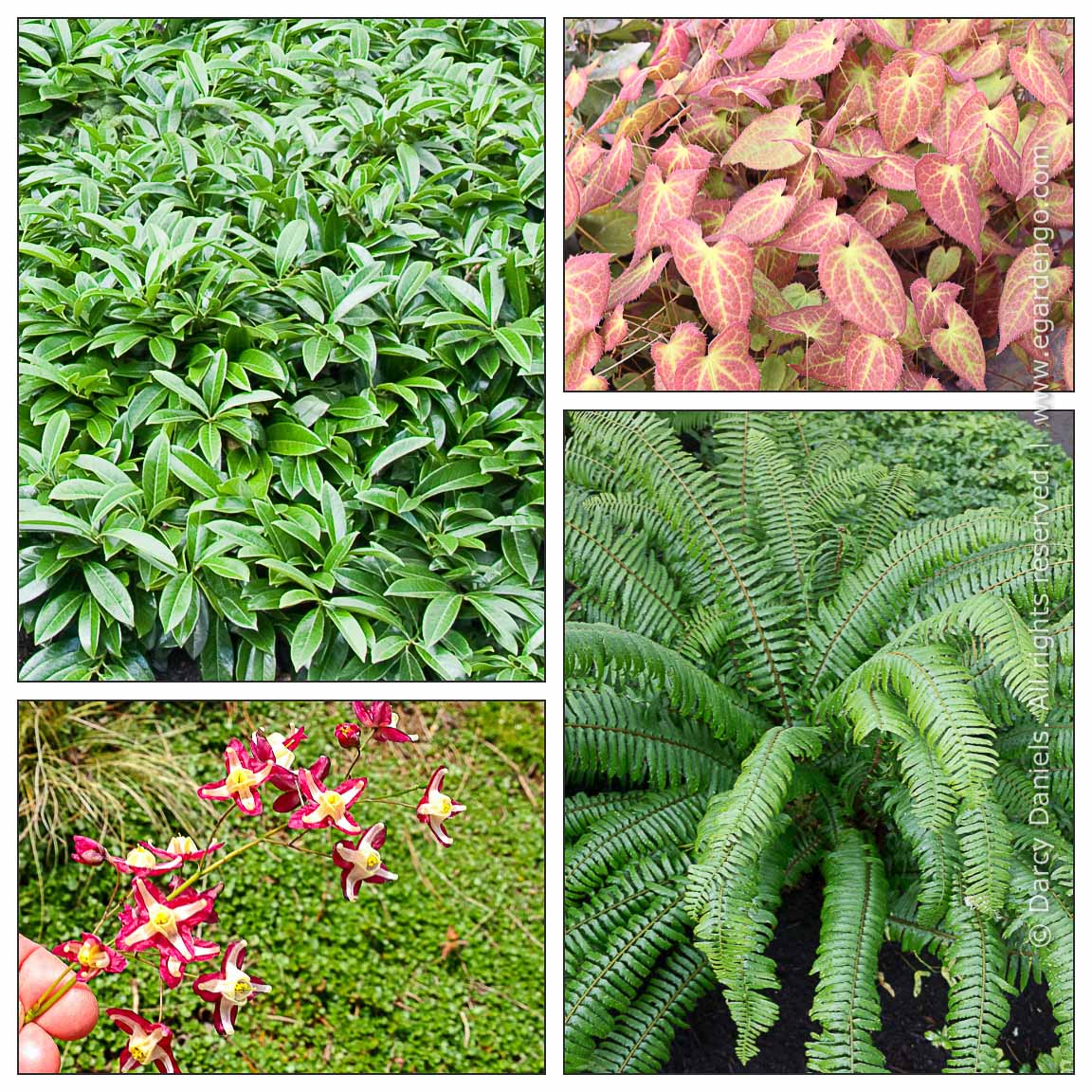advertisement
These low-maintenance perennials may be easy-care, but they are high value assets when it comes to creating garden vignettes that will look fantastic in your garden month after month. They give, give, give, and ask for so little in return! All will thrive on a well-timed, once-a-year maintenance task. The secret is in knowing what to do, when to do it, and what clues to look for to help figure it out.
These low-maintenance perennials that will do great in your garden if you do one of these tasks:
- Enjoy the seasonal flow, then cut back.
- Remove old foliage, make way for new.
- Cut down after killing frost.
- Remove last year's foliage to reveal blooms.
- Cut spent blooms off at ground level.
Don't miss the bonus at the bottom of this post: four plant combos that only use plants that will thrive with an annual maintenance blitz. And you can search the site for even more ideas by filtering for "Once-a-Year Maintenance" in our plant combo database.
Read on!
Enjoy the Seasonal Flow, Then Cut Back
The allure of these perennials is in their connection to the seasons as they undergo their annual cycle of growth, bloom and decline. For example, the lush ferny foliage of Amsonia hubrechtii is decorated with delicate blue blooms in early summer. But the pinnacle of its performance comes in fall, when its mounding form takes on golden autumnal tones.
The dried seed heads of Jerusalem sage, sea holly, and stonecrop are decorative well after the flowers fade and often hang on well into late fall and early winter — a magical sight with a dusting of frost.
I included Japanese forest grass in this section because its grassy foliage is attractive from spring’s lush growth until its tawny remains finally succumb to the ravages of time in early winter. Gently swaying mounds of Japanese forest grass introduce a lovely sense of movement to the garden. Also a grass, but with an entirely different arc of interest, the purple moor grass peaks in late summer and is especially wonderful in fall, when its strictly upright inflorescences take on tawny tones.
And care couldn’t be easier. Simply cut them off at ground-level when they’re no longer pleasing and attractive to you. Just make sure do it by early spring, to make way for the new growth.
Amsonia hubrichtii
Threadleaf Blue Star, Arkansas Blue Star
Type:
Perennial
Exposure:
Afternoon Sun, Full Sun
Zone:
5, 6, 7, 8
Eryngium 'Sapphire Blue'
sea holly
Type:
Perennial
Exposure:
Full Sun, Full Sun, Afternoon Sun, Reflected Heat
Zone:
5, 6, 7, 8, 9
Hakonechloa macra 'All Gold'
Golden Japanese Forest Grass
Type:
Grass / Grass-Like, Perennial
Exposure:
Morning Sun, Filtered Sun, Open Shade
Zone:
5, 6, 7, 8
Phlomis fruticosa
Jerusalem Sage
Type:
Perennial
Exposure:
Full Sun, Full Sun, Afternoon Sun, Reflected Heat
Zone:
7, 8, 9, 10, 11
Sedum 'Matrona'
Matrona Stonecrop
Type:
Perennial
Exposure:
Full Sun, Full Sun, Afternoon Sun, Reflected Heat
Zone:
3, 4, 5, 6, 7, 8, 9
Remove Old Foliage, Make Way for New
These ferns are low-maintenance perennials you should cut to the ground when new growth starts pushing from the base. For the Himalayan maidenhair fern, that’s late January, early February in the Pacific Northwest. It's a bit later for the tassel fern -- around late March, when the new fronds are swelling at the base. In both cases, make sure you do it before the new foliage unfurls to avoid damaging or inadvertently cutting the new growth. This might be hard advice to follow, because it may feel a bit counterintuitive. Oftentimes the plant may actually still look pretty good. But it really is worth it. The plant will be rejuvenated with fresh new foliage that is lush and beautiful.
Once you get the hang of what you're looking for, you can apply this maintenance strategy to other ferns you might be growing. Our native sword fern (Polystichum munitum) benefits from this treatment, for example.
Adiantum venustum
Himalayan maidenhair fern
Type:
Fern, Groundcover, Perennial
Exposure:
Part Shade, Full Shade, Full Shade, Morning Sun, Filtered Sun, Open Shade, Open Shade, Deep Shade
Zone:
5, 6, 7, 8
Polystichum polyblepharum
Japanese Tassel Fern
Type:
Fern
Exposure:
Filtered Sun, Full Shade, Morning Sun, Open Shade, Part Shade
Zone:
6, 7, 8
Cut Down After Killing Frost
Singled out for handsome foliage, these perennials contribute to the garden for many months from spring until late fall. But after the killing frost, their garden worthiness is spent for the season. At that point, you can cut them off at ground level as you put your garden to bed.
Aralia cordata 'Sun King'
Golden Aralia, Sun King Spikenard
Type:
Perennial
Exposure:
Deep Shade, Filtered Sun, Full Shade, Open Shade, Part Shade
Zone:
3, 4, 5, 6, 7, 8, 9
Athyrium otophorum
Eared Lady Fern
Type:
Fern, Perennial
Exposure:
Part Shade, Full Shade, Full Shade, Morning Sun, Filtered Sun, Open Shade, Open Shade
Zone:
5, 6, 7, 8
Hosta 'June'
June Plantain Lily
Type:
Perennial
Exposure:
Part Shade, Full Shade, Full Shade, Morning Sun, Filtered Sun, Open Shade, Open Shade
Zone:
3, 4, 5, 6, 7, 8, 9
Podophyllum pleianthum
Chinese May Apple
Type:
Perennial
Exposure:
Part Shade, Full Shade, Full Shade, Open Shade, Open Shade, Deep Shade
Zone:
7, 8, 9
Remove Last Year's Foliage to Reveal Blooms
Cut the evergreen foliage of these low-maintenance perennials to the ground before the blooms emerge in order to enjoy an unobstructed view of the flowers. Though the method is the same, the timing is slightly different for each.
The hybrid hellebores begin blooming very early, so plan on cutting away the previous year’s green foliage in December or early January. The Epimedium x rubrum pushes out delicate blooms on thin wiry stems in late March, so cut last year’s foliage to the ground in early March when you see activity commencing at the base of the plant. New foliage will follow the display of flowers and freshen the plant for the new year.
Epimedium x rubrum
Hybrid Epimedium, Red Epimedium
Type:
Groundcover
Exposure:
Part Shade, Full Shade, Full Shade, Morning Sun, Filtered Sun, Open Shade, Open Shade, Deep Shade
Zone:
4, 5, 6, 7, 8, 9
Helleborus x hybridus
Lenton Rose
Type:
Perennial
Exposure:
Part Shade, Full Shade, Full Shade, Morning Sun, Filtered Sun, Open Shade, Open Shade
Zone:
4, 5, 6, 7, 8, 9
Cut Spent Blooms Off at Ground Level
The bold toothy foliage of the Corsican hellebore looks handsome year-round. In late winter, apple green flowers emerge atop stems produced in the previous year. When the flowers are spent and no longer attractive, cut the flowering stems to ground level. Though I enjoy the blooms, especially given that they're in color when the offerings are still pretty sparse, they're pretty quick to go over and I'm always a bit relieved when I cut them away to make way for the fresh new growth that will push from the base. In no time at all, it produces a fresh mound of foliage that will carry the scene until the cycle begins anew.
Helleborus argutifolius 'Silver Lace'
Silver Lace Corsican Hellebore
Type:
Perennial
Exposure:
Part Sun, Part Shade, Full Shade, Morning Sun, Filtered Sun, Open Shade, Open Shade
Zone:
4, 5, 6, 7, 8, 9
BONUS: Combos Happy with Annual Maintenance Blitz
If easy maintenance is a top priority, the plant combinations listed below are compositions that ONLY include low maintenance plants requiring once-a-year care. These beautiful vignettes will thrive on a single annual maintenance blitz. Implementing one or more of these plant selections will have you well on your way to creating a low maintenance garden.
-
Contrasting Foliage Texture in Part Sun Garden
Zone: 7, 8, 9
view combo
Exposure: Filtered Sun, Full Sun, Morning Sun, Open Shade, Part Shade, Part Sun, Full Sun
-
Lush Foliage Tapestry for Shade
Zone: 7, 8, 9
view combo
Exposure: Open Shade, Morning Sun, Open Shade, Part Shade, Full Shade
-
Plant Combo for a Hot Spot
Zone: 4, 5, 6, 7, 8, 9
view combo
Exposure: Afternoon Sun, Full Sun, Reflected Heat, Full Sun
-
Ultra Tough Plant Combo for Dry Shade
Zone: 6, 7, 8
view combo
Exposure: Open Shade, Deep Shade, Filtered Sun, Full Shade, Morning Sun, Part Shade
When you decide to go on the hunt for one or more of these dependable perennials, I'd appreciate it if you'd consider shopping at one of our site sponsors. For those in the Portland area, Portland Nursery is a top pick!
advertisement


